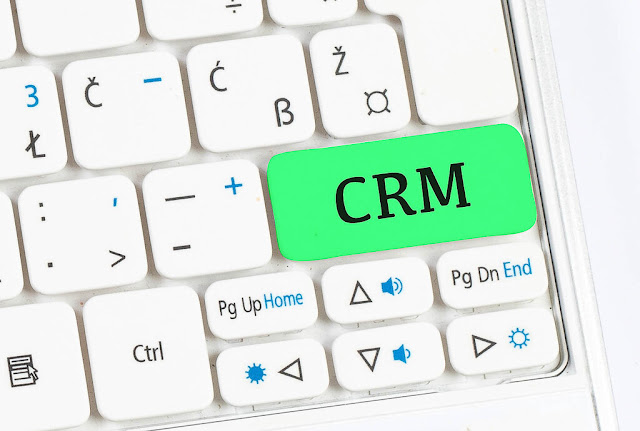CRM implementation strategies - What You Need to Do Before You Begin
In the last few years, Customer Relationship Management (CRM) has gained the attention of many well-known companies and has turned from a nonsense acronym into a popular concept. However, in dealing with the companies, it is clear that often fascinated fashionable name the company know what CRM initiative to launch and will be covering the following topics...
CRM strategy definition, CRM implementation strategies, CRM implementation roadmap, CRM implementation steps, CRM
strategy examples, CRM implementation best practices
Undertaken initially to explore the various manufacturers of CRM information systems, to address the issue of funding - but no one is asking the fundamental questions: what do we want to achieve and why? Such a path leads almost without exception to failure.
Also Read: Is Web Based CRM The Right Move For You?
I am not trying to provide a recipe for a universal CRM installation. However, I believe that business executives who ask the questions listed in this article will be better prepared for the challenges of CRM implementation.
Start With a General Plan
Before you embark on a CRM deployment strategy, it's a good idea to take a couple of steps back and outline the situation.
1. Define project boundaries.
What will you do - and what will you give up? The goals of the CRM program must be based on reality. For example, if the capacity of a production line is fully utilized, and there is no way to increase it quickly, what is the point of convincing customers to buy even more of that product?
2. Assess your situation.
Do you feel that the CRM project will irritate most of the company's employees, and the CEO will aggressively resist any change? It might be worth looking for a new job instead of starting a new project.
Also Read:
3. Listen to customers.
In the CRM world, customer reality is turning into reality. This is the case everywhere - but practising traditional marketing makes it easier to convince yourself that your customers think about what you want them to think. You need to have a clear understanding of what your customers think of your company, products, service, attitude, the people who serve them, what you like about them. For what you hate, It is useful to supplement all this knowledge with the views of your company's customer service staff, which will give you a clearer picture of the situation.
4. Study the market.
Explore everything that matters to your customers: your economic situation, your competitors, your laws, your broad market trends. All of this affects the future behaviour of your customers. Decide what position you want to take in the customer world.
5. Define your customers.
Can the feedback and behavioural data we collect tell you who your customers are? Who fires or repels them? If you work with companies, do the needs and wants of the people who interact with your company and their workplace match or differ?
6. Define yourself.
Look at your company from the country: product information, sales and distribution channels, marketing, packaging, customer information management systems. What do you have at your disposal? What works well, and what's limp? Where are your strengths?
7. Discover opportunities.
Based on the information about yourself and your customers, discover ways you can add value to your customers and yourself. Give fantasy a go - if you don't skip past, you won't be far from reality.
8. Prioritize opportunities.
You can't do everything at once, even if you are installing CRM. So it is necessary to choose which steps to take first and which steps to adopt later.
9. Formulate a customer relationship strategy.
How will you go where you want to go? What will each unit of your company have to do to succeed in your CRM program?
At first glance, these issues may seem very general. However, we had to see how the responding companies started to see the CRM program differently.
For PART II Click Here










0 Comments